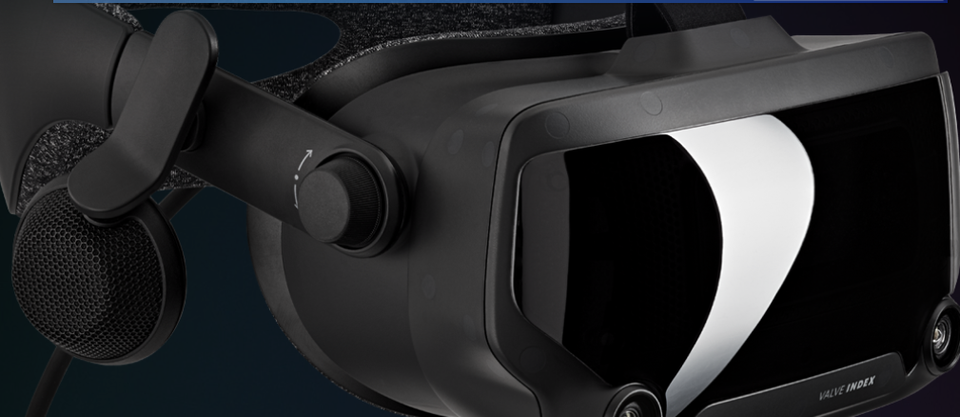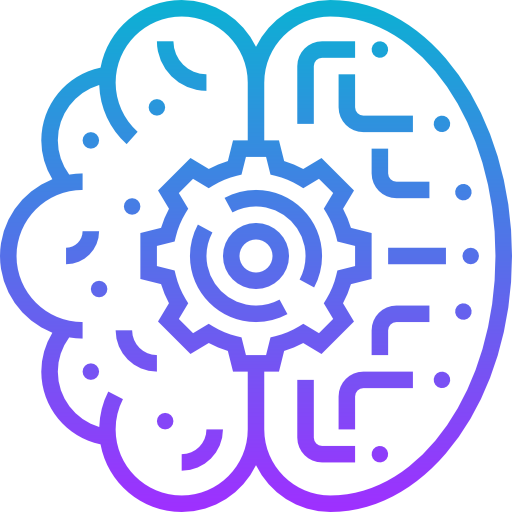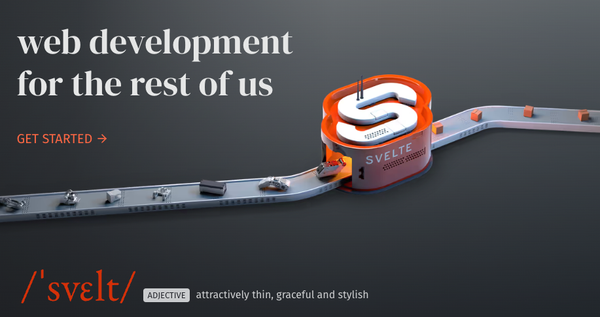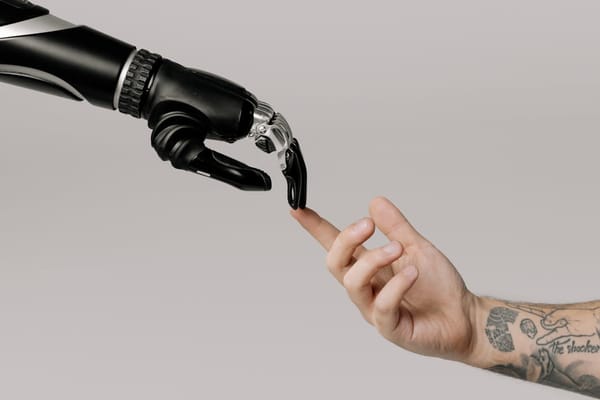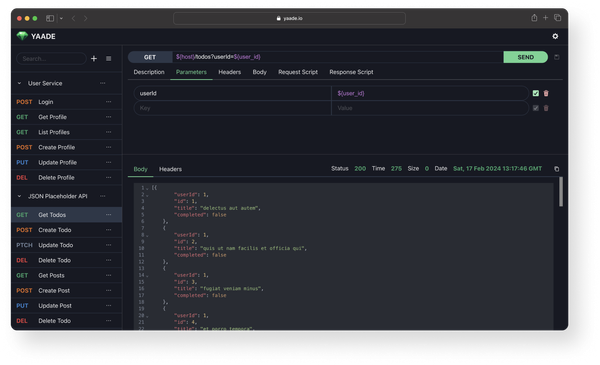WebXR: The Cool Frontier of VR and AR on the Web
Table of Content
Okay, picture this: you’re donning your Meta Quest 3 headset, pumped to explore a whole new virtual world. The anticipation is real. You open your browser in VR and… wait, what’s this? You’re greeted by flat, 2D websites that look like something you’d expect from the 1990s. It’s like stepping into a futuristic VR world, only to discover you’re still stuck on the web from the past. Seriously, we can do better than this, right?
That was my experience during the Global Game Jam, where I had the chance to test out the Meta Quest 3 and 3S for a VR game I was working on. I was all about pushing the limits of what’s possible in VR, and let me tell you—when it came to browsing websites in VR, I couldn’t help but think, “We’re missing something huge here.”
There were a few sites dabbling with 3D elements, but most were still stuck in their 2D past. That’s when it hit me: WebXR is the future. It’s what will allow us to create not just flat websites but immersive, interactive 3D worlds right in the browser. And that’s exciting.
What is WebXR, Anyway?
If you're still wondering what WebXR is, let me break it down. WebXR is the tech that allows VR and AR experiences to run directly in your browser. No fancy software installs, no desktop powerhouse required. All you need is a compatible device like a VR headset or AR glasses, and boom—your browser becomes a portal to immersive virtual worlds. That’s it. Simplicity at its finest.
What I love about WebXR is how it makes VR and AR so much more accessible. You don’t need a beast of a PC or special apps. Just hop into a browser and get started.
Whether you’re on a desktop, tablet, or mobile, WebXR brings you directly into the action. During the Game Jam, I quickly saw how this technology can take everything from video games to education to the next level.
The Tools That Make WebXR Tick: WebGL, WebGPU, Three.js, and A-Frame
You might be asking: "How does WebXR actually work?" Great question! Behind the scenes, WebXR is powered by some awesome tools like WebGL, WebGPU, Three.js, and A-Frame. These are the building blocks that help bring immersive experiences to life right in the browser.
WebGL: Making 3D Graphics Possible on the Web
First up, WebGL. Think of WebGL as the engine that powers 3D graphics in your browser. Without it, you’d be stuck with flat, 2D images all day. It’s a JavaScript API that allows browsers to render 3D models, animations, and scenes, all using the GPU (graphics processing unit) on your device. So when you’re walking around in a VR world, WebGL is making it all look smooth and lifelike.
I started using WebGL in my WebXR projects and, wow, the results were impressive. I could build 3D worlds where users could interact and explore, and best of all—there was no need for extra downloads or plug-ins. WebGL is the backbone of WebXR, and it works seamlessly in all modern browsers.
WebGPU: Turbocharging the Graphics
Now, WebGPU—that’s where things get juicy. If WebGL is your engine, then WebGPU is the turbo boost. It’s a more powerful API that gives developers low-level access to the GPU, enabling even faster rendering of complex 3D scenes. In simple terms, it’s the thing that ensures your VR experiences stay smooth and immersive.
When I was working with WebXR at the Game Jam, I could definitely feel the difference WebGPU made. It was like taking off the training wheels and just flying. WebGPU helps WebXR run complex 3D models effortlessly, so users don’t have to deal with lag or those annoying moments of VR motion sickness.
Three.js: Making 3D Development Easy
This is where it gets even cooler. Three.js is a JavaScript library built on top of WebGL. It simplifies the process of building 3D worlds. It’s like the cheat sheet for 3D web development. You don’t need to be a graphics wizard to create stunning environments—Three.js handles the heavy lifting, so you can focus on making your VR world as creative and interactive as possible.
For my Game Jam project, Three.js was a game-changer. I didn’t have to deal with the low-level complexities of WebGL. Instead, I could quickly spin up 3D models, environments, and even animations that I could add to my VR game. If you’re just starting with 3D development, Three.js is the easiest and most fun way to dive in.
A-Frame: VR for Everyone
And then there’s A-Frame. If you’ve ever felt overwhelmed by 3D development, A-Frame is the antidote. Built on Three.js, A-Frame allows you to create VR worlds with just a few lines of code. It’s like the WordPress of VR—easy to use, beginner-friendly, and powerful enough for pros.
A-Frame saved me so much time during my Game Jam project. I could focus on designing the game rather than worrying about the technical aspects of VR. I highly recommend it if you want to get started with WebXR without diving deep into complicated code.
WebXR Use Cases: VR and AR in Healthcare, Education, and More
So, you might be wondering: “What can I actually do with WebXR?” The short answer: a lot. This tech is already starting to revolutionize industries like healthcare, education, and entertainment. Let’s dive into a few cool examples I’ve come across.
Healthcare: Virtual Simulations and Medical Training
One of the most exciting applications of WebXR is in healthcare. Imagine being able to practice complex surgeries or medical procedures in a virtual environment before stepping into a real-life operating room. WebXR makes that possible. Medical students can learn and rehearse in a safe, controlled environment without the risk of making mistakes.
During my time at the Game Jam, I realized just how much potential WebXR has for training and rehabilitation in healthcare. It’s not just about saving lives with better medical education—it’s also about helping patients recover.
Virtual rehabilitation exercises, where patients can follow along in a 3D virtual space, could change the way we think about physical therapy.

Education: Learn by Doing, Not Just Watching
In education, WebXR is taking immersive learning to a whole new level. Rather than sitting through endless lectures, students can step into historical worlds, explore anatomy, or even walk through the solar system—all in VR or AR. WebXR is changing the way we learn, making it interactive and way more engaging.
When I saw WebXR in action at the Game Jam, I realized how much fun it could be to learn in VR. Imagine learning history not by reading about ancient Rome, but by walking through it. Pretty cool, right?
Gaming and Entertainment: A Whole New World
Obviously, gaming is one of the most natural applications for WebXR. VR allows you to fully immerse yourself in virtual worlds, whether you're solving puzzles, fighting monsters, or exploring new planets. WebXR makes it possible to create fun, interactive games that run directly in the browser.
I tested out a bunch of VR games through the Meta Quest 3, and it was a total blast. No more flat, boring 2D screens. These games were interactive, with 3D environments that I could touch, move around, and explore. After that, there’s no going back to 2D gaming—VR is where it’s at.
The Future of WebXR: What’s Next?
After diving into WebXR, I’m more pumped than ever about where this tech is headed. As a developer, the possibilities feel endless. From gaming to healthcare to education, WebXR is going to change the way we experience the web. And the best part? You don’t need to be a tech wizard to get started. If you're into VR and AR, now is the perfect time to jump in and explore.
So, what are you waiting for? The future is here, and it's all happening in your browser. Whether you're looking to build your own VR game, create an educational tool, or just explore new worlds in your free time, WebXR is the key to unlocking a whole new reality.

